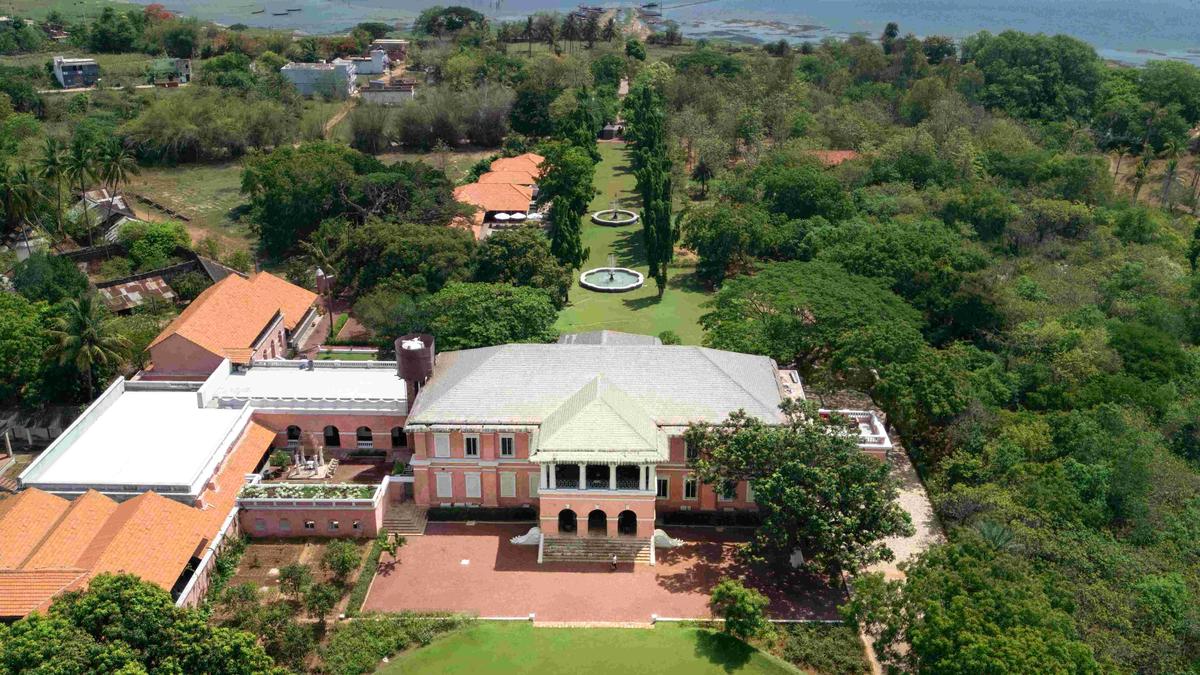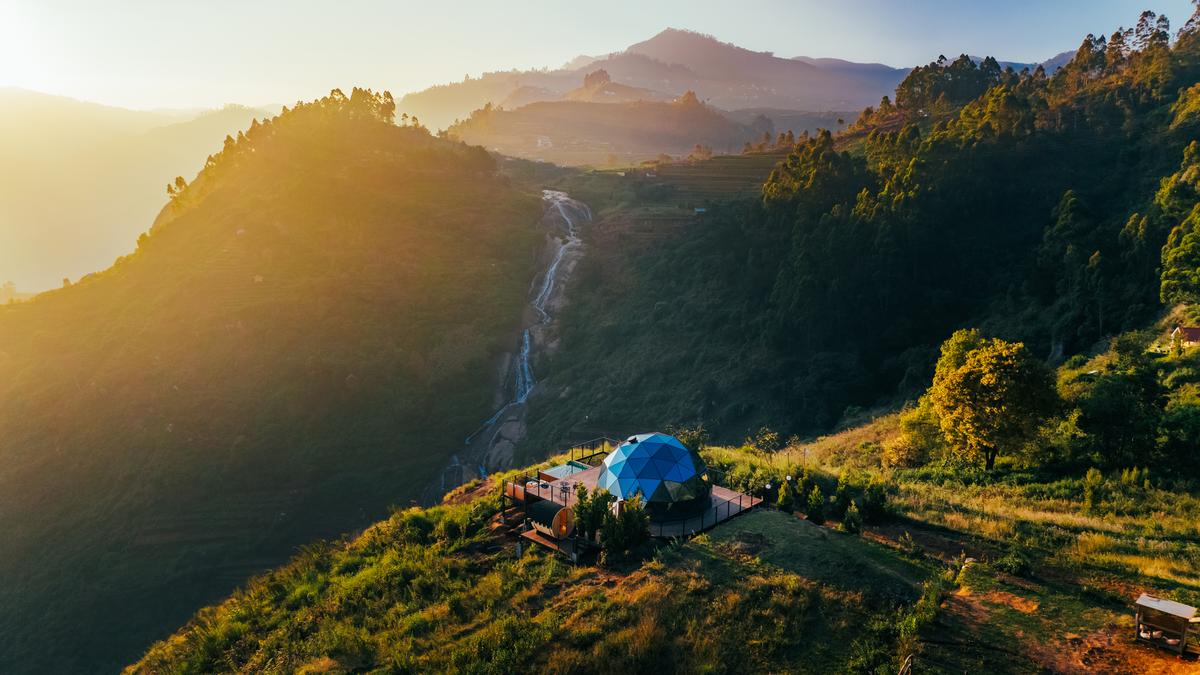A forgotten palace, with peeling walls and cobwebbed ceilings, which once stood at the far end of a unique village in Odisha. Local Rani Palace called it. Today, it stands with the original Sheen whole, as a boutique hotel, of the Chilika Lake in Rambha, a town in the Ganjam district.
Rambha’s streets live at night with shops selling fresh catch off Chilika. It is home to many families who rely on the river to survive. Rambha Palace, a walking distance from the lake, gives up a life experience through a lagoon in a setup suitable for the kings.
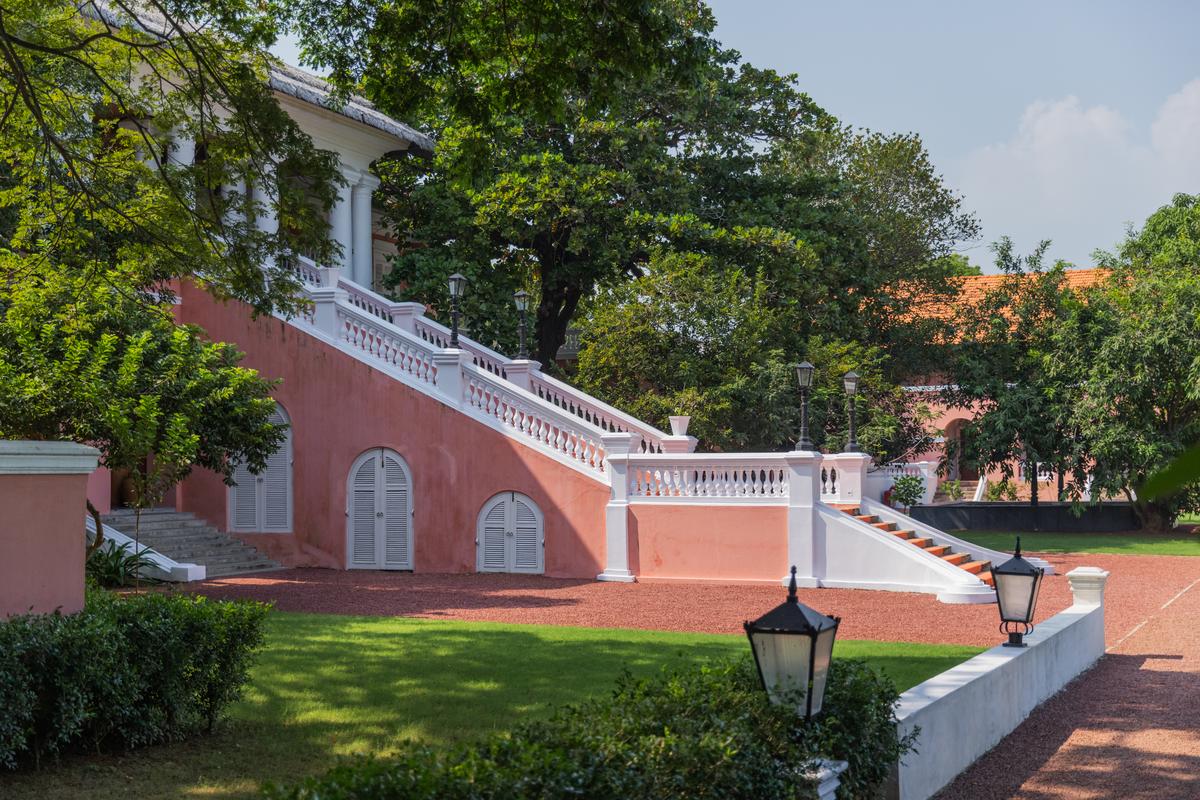
The palace has been restored for a period of six years | Photo Credit: Special Arrange
We reached its gates to a humid afternoon from Bhubaneshwar, that was about 120 kilometers away. The palace was restored within a six -year period of Chana Daswatte, a protégé of the famous Sri Lankan architect Geoffrey Each. The foyer passed by, the walls of which had pictures of the palace from its previous life, we immediately felt the antique building.
All, right from the billiard table, crystal chandeliers, terrazzo tiles, lime plaster walls, Sabai grass carpets, and Ikkat interior inspirations, feel that there is not a museum display, however, maintains a certain freshness. This is the result of the guide principle of the team’s restoration – to maintain the soul of the original structure of the 18th century.
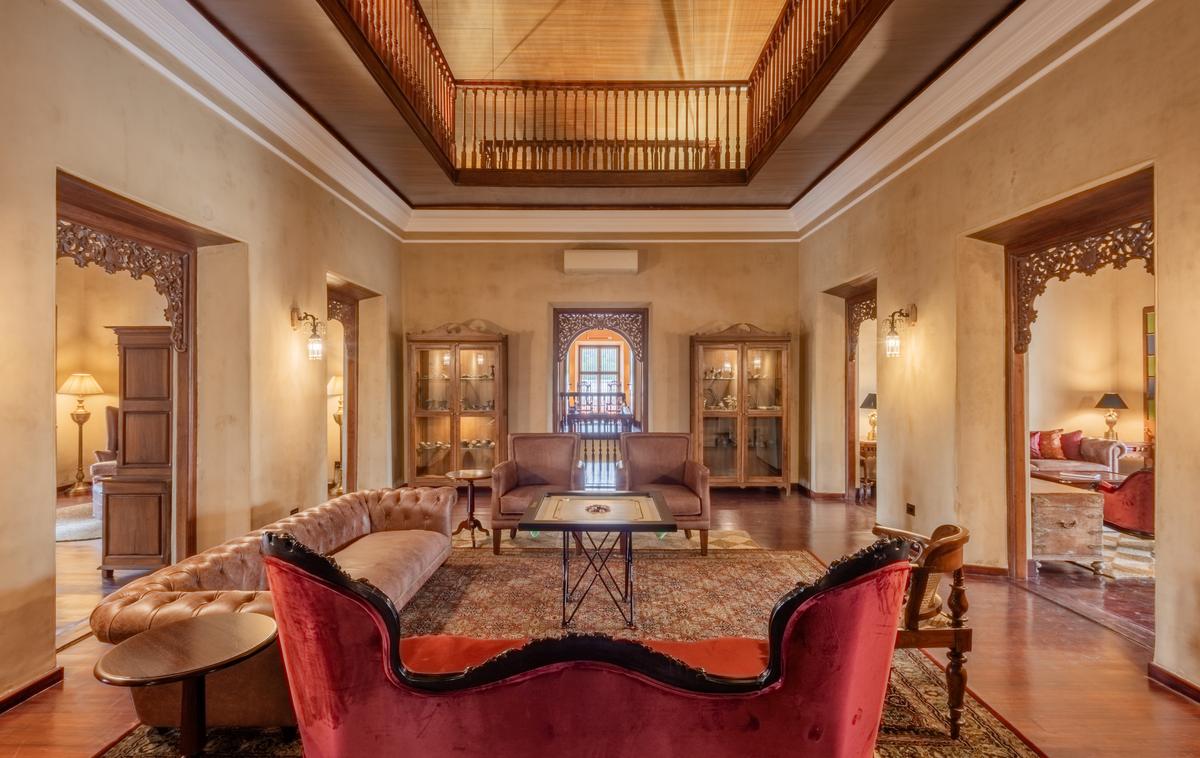
The restoration team drew the inspiration from the values of Rani, his love for his people, his coherence for local talent | Photo Credit: Special Arrange
Himangini Singh, co-founder, hunch ventures and partners, Rambha Palace, who took the property to rent from the royal family, said the village and palace would always take her to her childhood when she visited the chilika with her parents. When he first saw it in his decaying state, he said, “It was as if it was quietly asking for a second chance.”
They set it to restore it using the materials and techniques used in the original architecture. Himangini, who plays an important role in its restoration, adds, “Throughout the journey, we often ask ourselves: If Rambha’s Rani restores this palace today, what options will he make? How does he live? What are the aesthetics he embraced?
European roots
After a last afternoon lunch of a typical Odia Thali -The in-house restaurant serves locally as well as continental and Chinese food-head chef Gaurav Juyal walks us through dazzling grasslands with ornate fountain centrepieces. The palace, he explained, was built by Thomas Snodgrass, who was the collector of Ganjam from 1791-92. “It was built by European architects and engineers,” he explained, adding that Khallikote and King Rama Krushna Mardaraj eventually bought it and later, King Harihar Mardaraj, who played an important role in the Odia movement until his death in 1909.
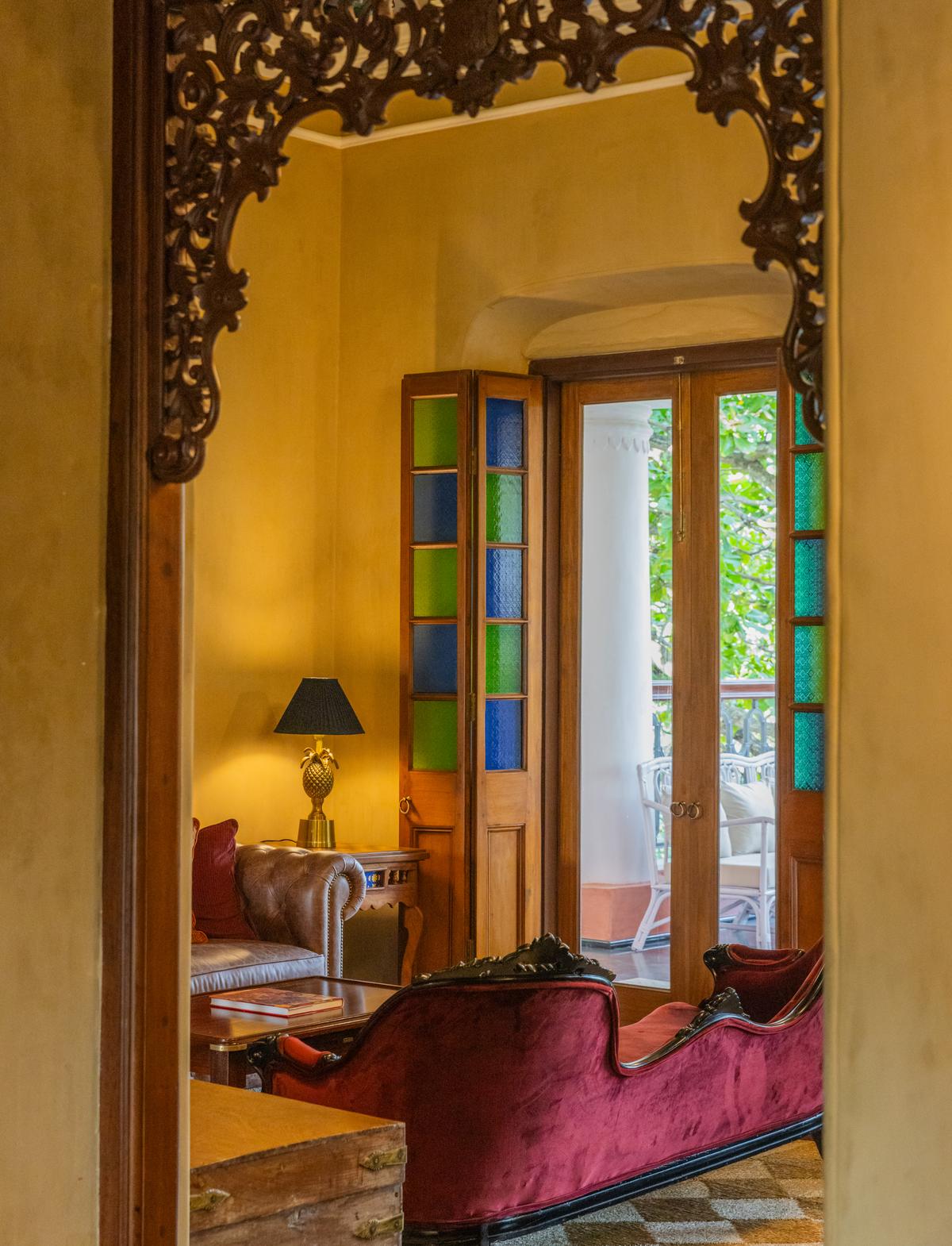
The palace was built by Thomas Snodgrass, who is the collector of Ganjam from 1791-92 | Photo Credit: Special Arrange
An important monument in Ganjam’s history, here, explained Gaurav, that the foundation of the Utkal Union Conference (UUC) stone was laid out. The palace played the host in thousands of delegates from various Odia -speaking tracts, and the UUC eventually led to the unity of Odisha. The main structure is that it has a printing room and ice room on one side, which is the same as renovating. Himangini said the only change they made was for the roof. “Originally divided into six smaller sections, it is now unified into a single, stronger roof,” he said, adding that the resurrection is a “careful, accidental process.”
The owner, which spreads on six hectares, has 15 rooms for guests. It opened publicly on April 1, 2024. While the queen did not witness the palace after her restoration, Himangini said her family had visited it, walking in the halls and grassroots. “It’s an emotional moment,” he said, adding that their response was “one of the most significant validation of everything we expect to achieve.”
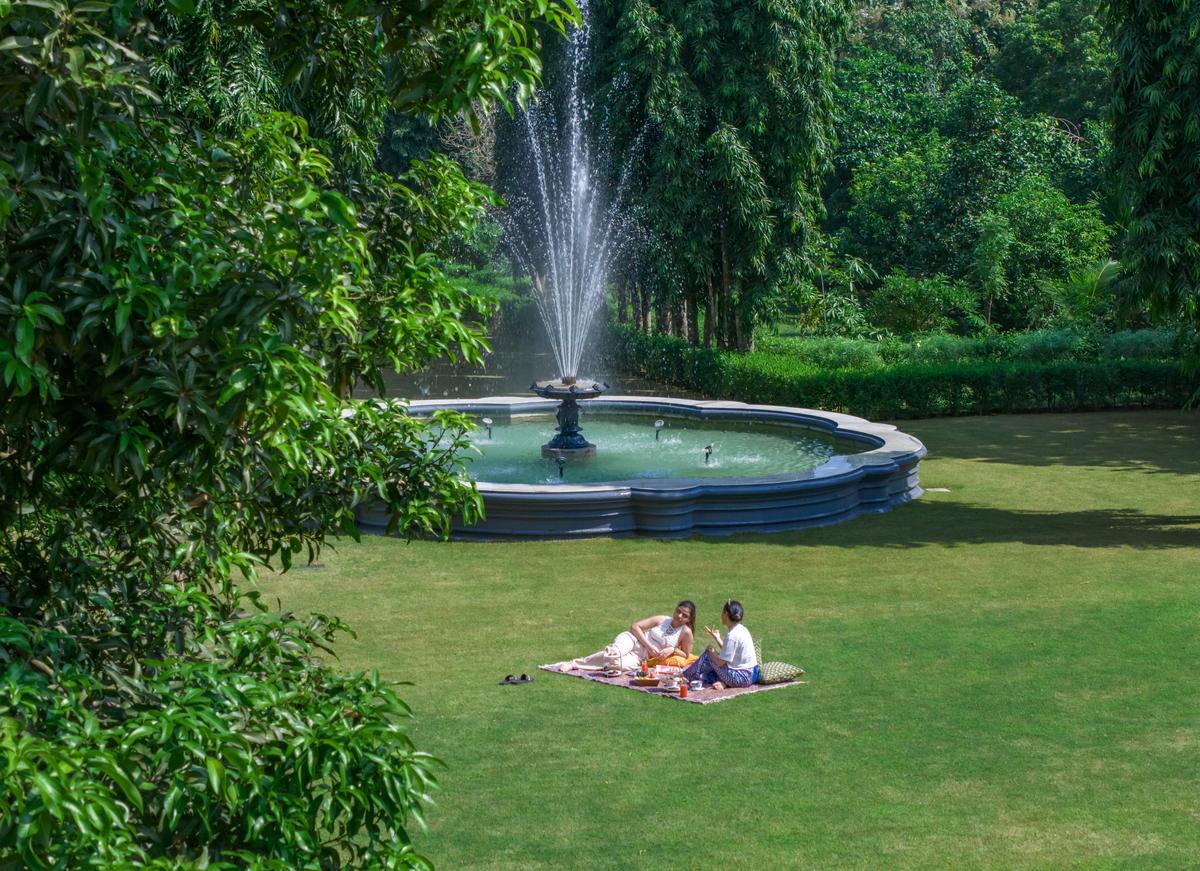
The Ornate Fountain Centerpiece | Photo Credit: Special Arrange
Markets and rain hats
An important part of the itinerary for guests in the palace, is a visit to the village. Rambha is home to many artisanal fishermen. On the village highway, is an ancient dry-fish market that is fully run by women. Prawns are a major basis in most stores here.
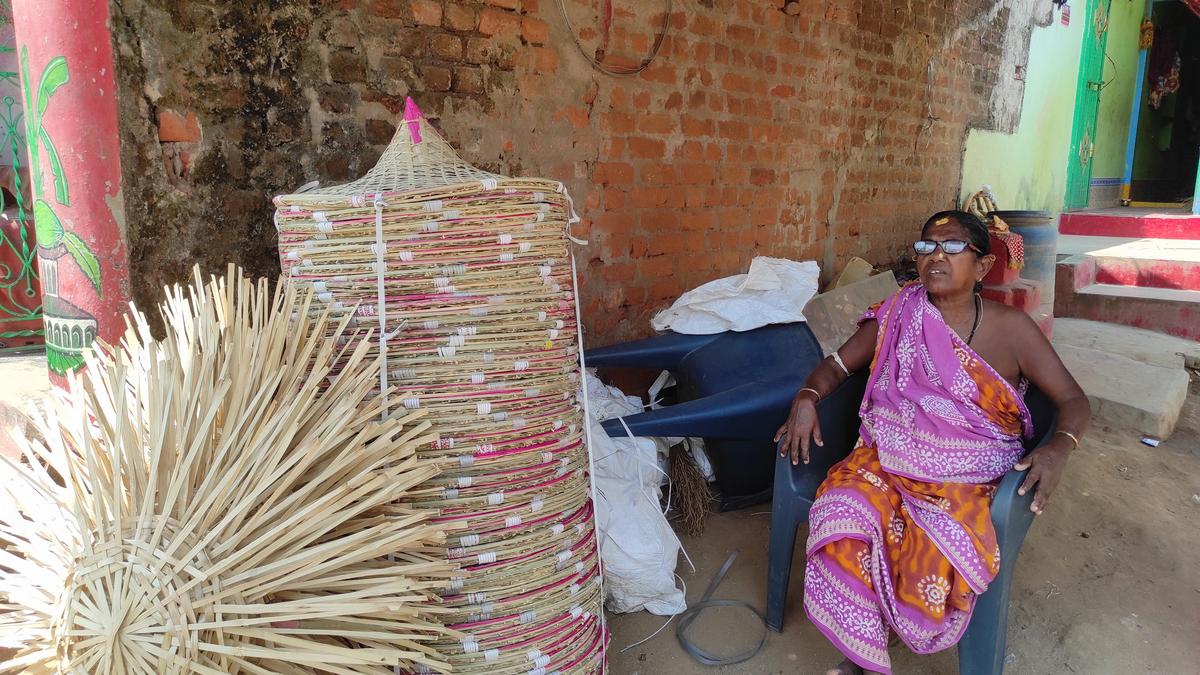
Rambha is also home to bamboo artists where a person can buy baskets and the unique TALARI
| Photo Credit: Special Arrange
In the Renuka Bahara stall, there are more than five dried prawn types, which he sells ₹ 200 to ₹ 400 one kilogram, depending on the size. How can we not visit their fish markets? Here, one person will see massive, freshly caught prawns still alive and surprising -a rare sight, as any regular in the food markets will go up. Ragunath Behera, a middleman between fishermen and sellers, explains that most of what was caught in Chilika was brought to a fish depot in the nearby town of Balugaun, the largest in the region. “It was purchased by sellers with stores in the markets here,” he explained.
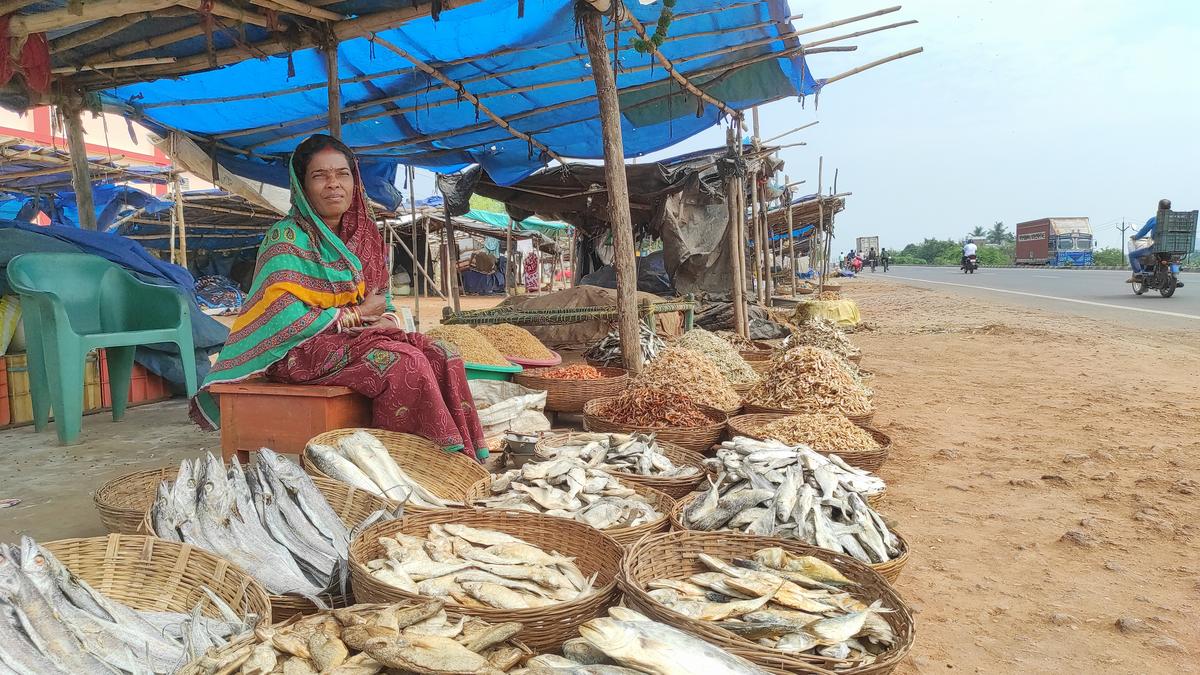
The Dry-Fish Market on Highway | Photo Credit: Special Arrange
Rambha is also home to bamboo artists where a person can buy baskets and the unique TALARIhats worn by farm workers. These hats, which are used for protection against sun and rain, are so large – so great that they do not fit even with the largest suitcase. We bought one however and drop it around the airport on our way back, drawing a curious glance. But there is no better souvenir from Odisha.
Room tariffs start from 30,000. There are special fares for Tag -Months and Monsoon from ₹ 19,000 and older. Can reach the road or train from Bhubaneshwar. The writer is on Odisha at the invitation from Rambha Palace
